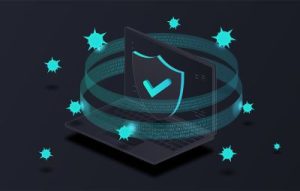
For the past 20 years, October has come to signify more than pumpkins, ghosts, and candy. The Cybersecurity and Infrastructure Agency (CISA) and the National Cybersecurity Alliance have led the annual effort to raise awareness among the general public about everyone's role in keeping our increasingly digital world more secure.
Cybersecurity Awareness Month provides a platform for a wide variety of government and private organizations to deliver education about good cyber hygiene and highlight the role everyday actions have on the security of the systems we depend on. Continue reading








